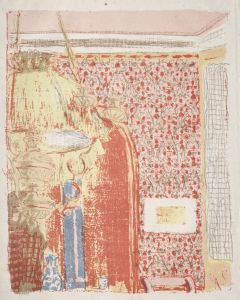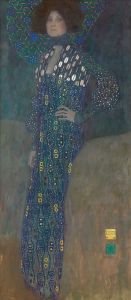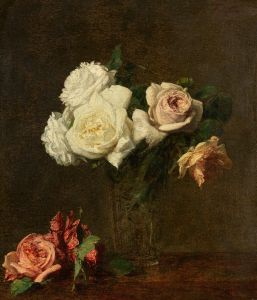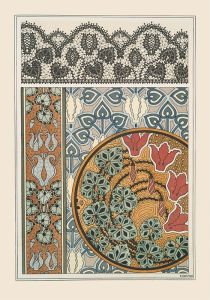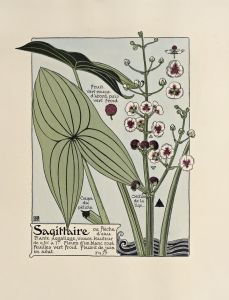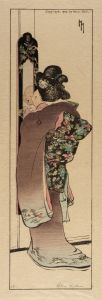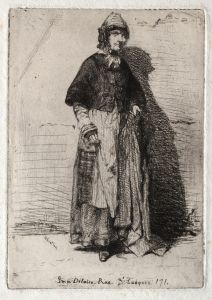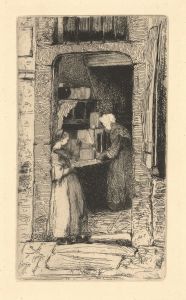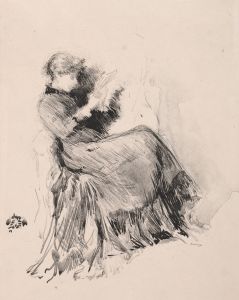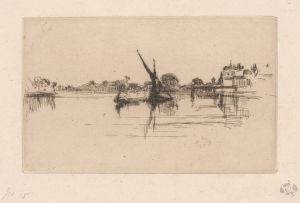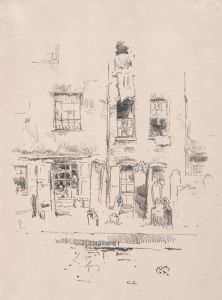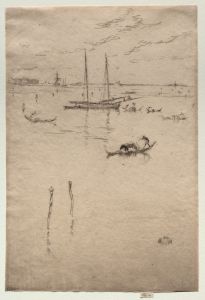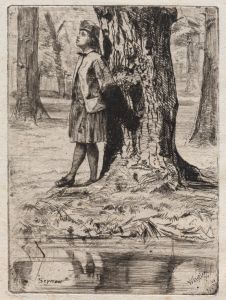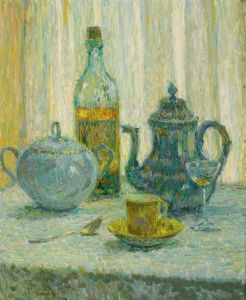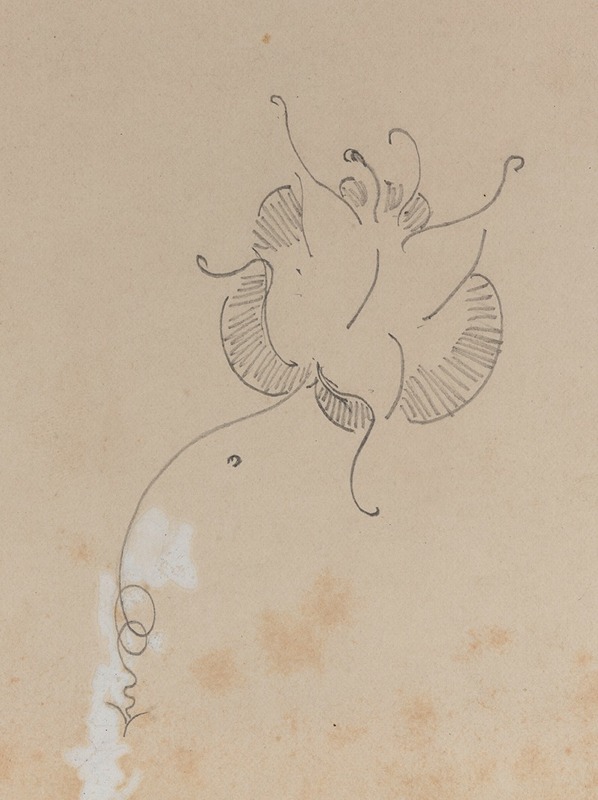
Whistler’s Butterfly
A hand-painted replica of James Abbott McNeill Whistler’s masterpiece Whistler’s Butterfly, meticulously crafted by professional artists to capture the true essence of the original. Each piece is created with museum-quality canvas and rare mineral pigments, carefully painted by experienced artists with delicate brushstrokes and rich, layered colors to perfectly recreate the texture of the original artwork. Unlike machine-printed reproductions, this hand-painted version brings the painting to life, infused with the artist’s emotions and skill in every stroke. Whether for personal collection or home decoration, it instantly elevates the artistic atmosphere of any space.
James Abbott McNeill Whistler, an American-born artist active during the late 19th century, is renowned for his innovative approach to art and his distinctive use of symbolism. Among his many artistic contributions, Whistler is particularly known for the stylized butterfly motif that he often used as his signature. This butterfly, sometimes accompanied by a stinger, became an integral part of his artistic identity and was featured in many of his works, including paintings, prints, and even personal correspondence. However, there is no specific artwork titled Whistler’s Butterfly attributed to him.
The butterfly symbol evolved over time, reflecting Whistler's personality and artistic philosophy. Initially, it appeared as a simple monogram, but it gradually transformed into a more elaborate and expressive design. The butterfly represented Whistler's delicate, aesthetic sensibilities, while the occasional inclusion of a stinger hinted at his sharp wit and sometimes combative nature. This duality mirrored his approach to art, which often balanced beauty and subtle provocation.
Whistler incorporated the butterfly signature into his works as a way to emphasize the unity of art and the artist. By signing his pieces with this unique emblem, he underscored the personal and handcrafted nature of his creations. The butterfly also aligned with his belief in "art for art's sake," a philosophy that prioritized aesthetic experience over narrative or moral content.
While the butterfly signature is widely recognized as a hallmark of Whistler's style, it is not associated with a standalone artwork. Instead, it serves as a recurring motif that connects his diverse body of work, from his famous Arrangement in Grey and Black No. 1 (commonly known as Whistler's Mother) to his ethereal nocturnes and portraits. The butterfly appears in various forms across these works, often subtly integrated into the composition or placed discreetly in a corner.
In summary, while Whistler's butterfly is an iconic element of his artistic legacy, there is no evidence of a specific painting or artwork titled Whistler’s Butterfly. The motif remains a symbol of his artistic identity and a testament to his innovative spirit.





